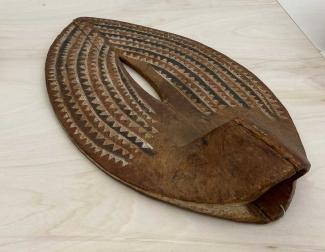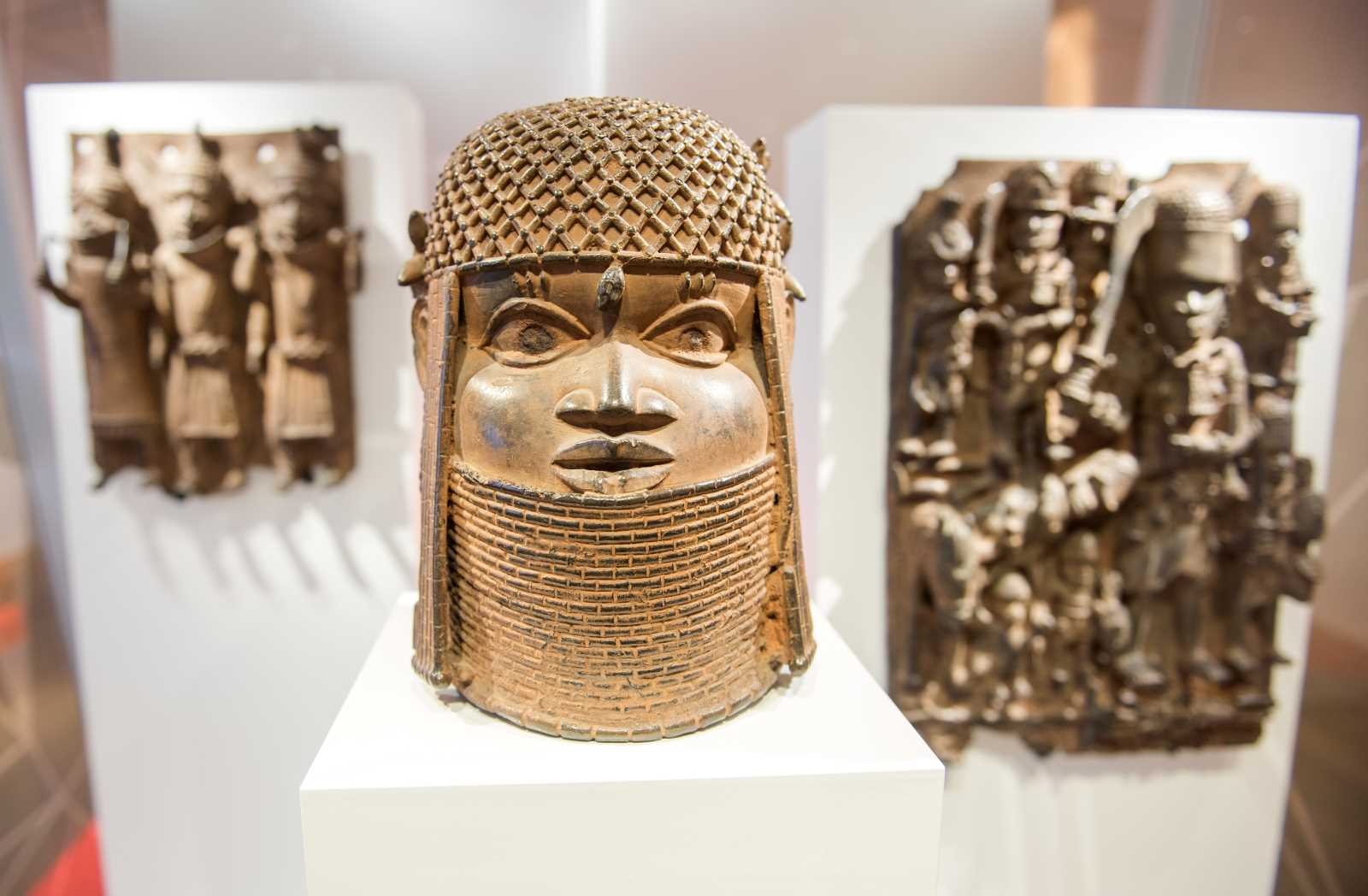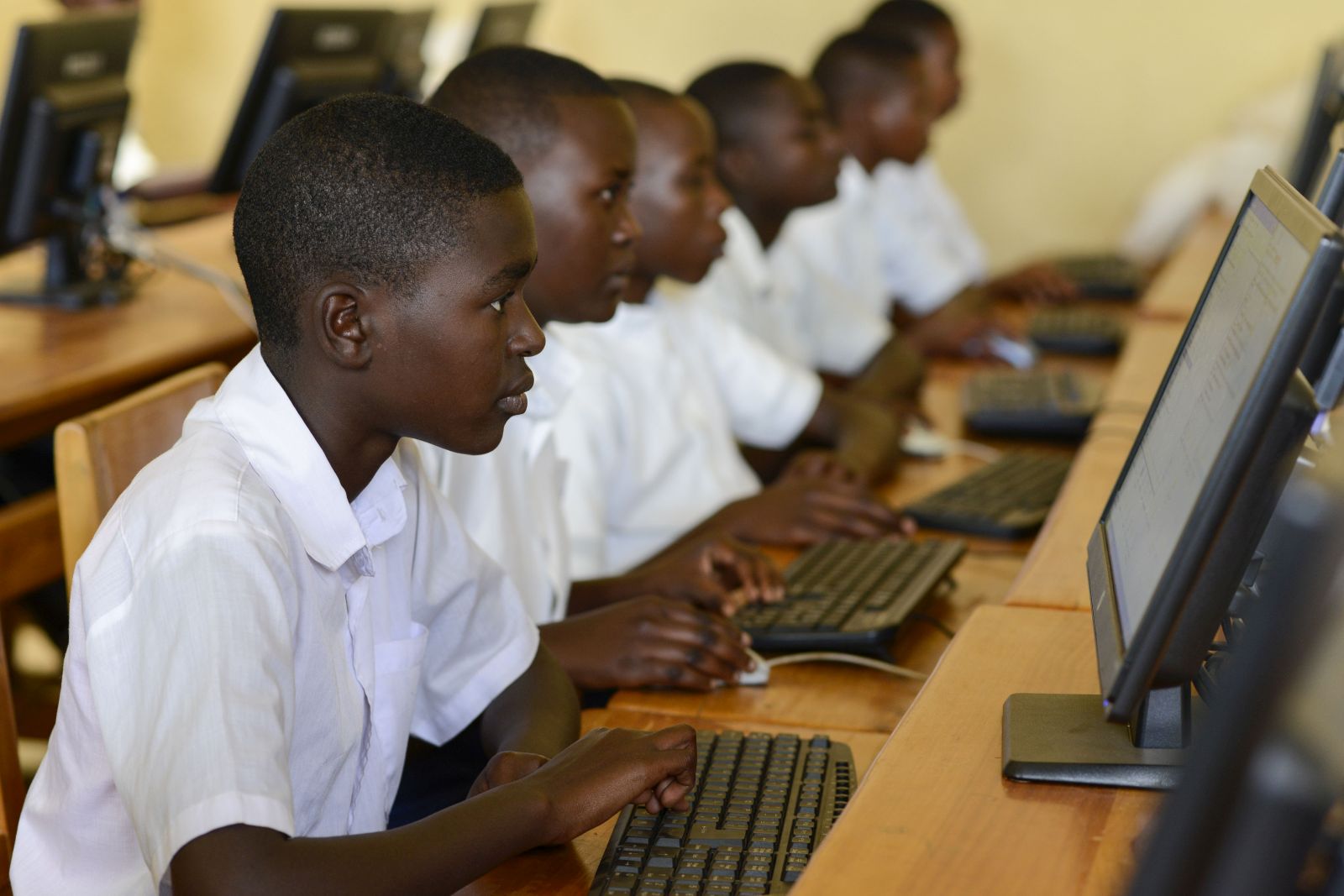The arts
Returning looted African art

The title of the exhibition at the Weltkulturen Museum (museum of world cultures) is: “Invisible inventories – questioning Kenyan collections in western museums”. It will run until 9 January 2022 and is the result of work done over several years by the International Inventories Programme, in which Kenyan and German artists and institutions cooperate. The Goethe-Institut Kenya is involved, for example.
Participants have compiled a database of Kenyan artefacts that were brought to Europe during 70 years of British colonial rule. They are now in the possession of public museums and private collectors in Europe and North America. Some 32,500 objects are listed in the databank, and they currently belong to 30 different institutions.
The exhibition in Frankfurt is only one part of an overarching debate that concerns all formerly colonised countries (see box). It is important to make sure the public takes note. Relevant aspects include:
- the artefacts’ historical and cultural value for all countries involved,
- the way they have been appropriated by western museums and
- the cultural inter-connectedness of nations.
The exhibition at Weltkulturen Museum takes into account what the loss of the artefacts means to communities in Kenya. Juma Ondeng’, who coordinates public programmes for the National Museums of Kenya, says his team has interviewed members of tribes including the Kikuyu, Luo and Kalenjin. Interviewees were shown pictures of the artefacts and asked what those artefacts are good for. It turned out that this is not easy to determine because it is often not obvious where an object is from and what purpose it served.
The Ndoome is an example. It is a wooden, leaf-shaped shield made by a Kikuyu artisan in the late 19th or early 20th century. It is in the possession of Weltkulturen Museum. Western scholars long believed it was used in warfare, but the recent survey in Kenya revealed that it was not used for fighting, but for dancing in the context of circumcision ceremonies.
Ondeng’ says he would like to have easier access to Kenyan artefacts. “We need more information,“ he adds. Africans should know about this „fantastic cultural heritage“. He insists, moreover, that many of the colonial-era artefacts should be returned to Africa because they are of great cultural and ritual relevance.
The National Museums of Kenya have assumed a role of leadership in terms of raising awareness. They hosted the first “Invisible inventories” exhibition in Nairobi from March to May 2021. Many empty showcases were put on display, symbolising the stolen artefacts.
Ina Hartwig is the local-government official in charge of Frankfurt’s museums. In her view, it is a „consequence of colonialism“ that Kenyan museums are empty, whereas their counterparts in Germany and other parts of Europe are full. Weltkulturen Museum owns 870 Kenyan objects that were made in the 19th and 20th century. Eight of them are items of the current exhibition, including the Ndoome shield.
The exhibition does not convey a single message. It reflects nuanced perspectives in a complicated debate. It was organised by Germans and Kenyans with rather different backgrounds, and they have agreed to modify the exhibition – first in December, and once more in January – to better reflect the diversity of views.
The focus is not so much on the African artefacts themselves. Only few are on display. What really matters is Kenyan voices, documented in video clips and writing. Works of contemporary Kenyan artists are shown too. One example is „31,302“ by Jim Chuchu und Njoki Ngumi, a seemingly never-ending tape of postal distribution labels. Some of it is shown in every single room of the exhibition. The point is to remind visitors of how many artefacts have been stolen – and that they mean different things to different people, whether in emotional or monetary terms.
The organisers emphasise that Kenyans were equal partners in organising the exhibition. There is an inherent imbalance, however, because the funding is from the west, as Simon Rittmeier, a German artist, admits. Kenyan museum manager Ondeng’ agrees, emphasising that lack of funding in Africa often means that cultural projects that would be important simply do not take place at all.
Links
Weltkulturen Museum Frankfurt:
https://www.weltkulturenmuseum.de/en/
International Inventories Programme (IIP):
https://www.inventoriesprogramme.org
Sabine Balk is a member of the editorial team of D+C Development and Cooperation / E+Z Entwicklung und Zusammenarbeit.
euz.editor@dandc.eu












